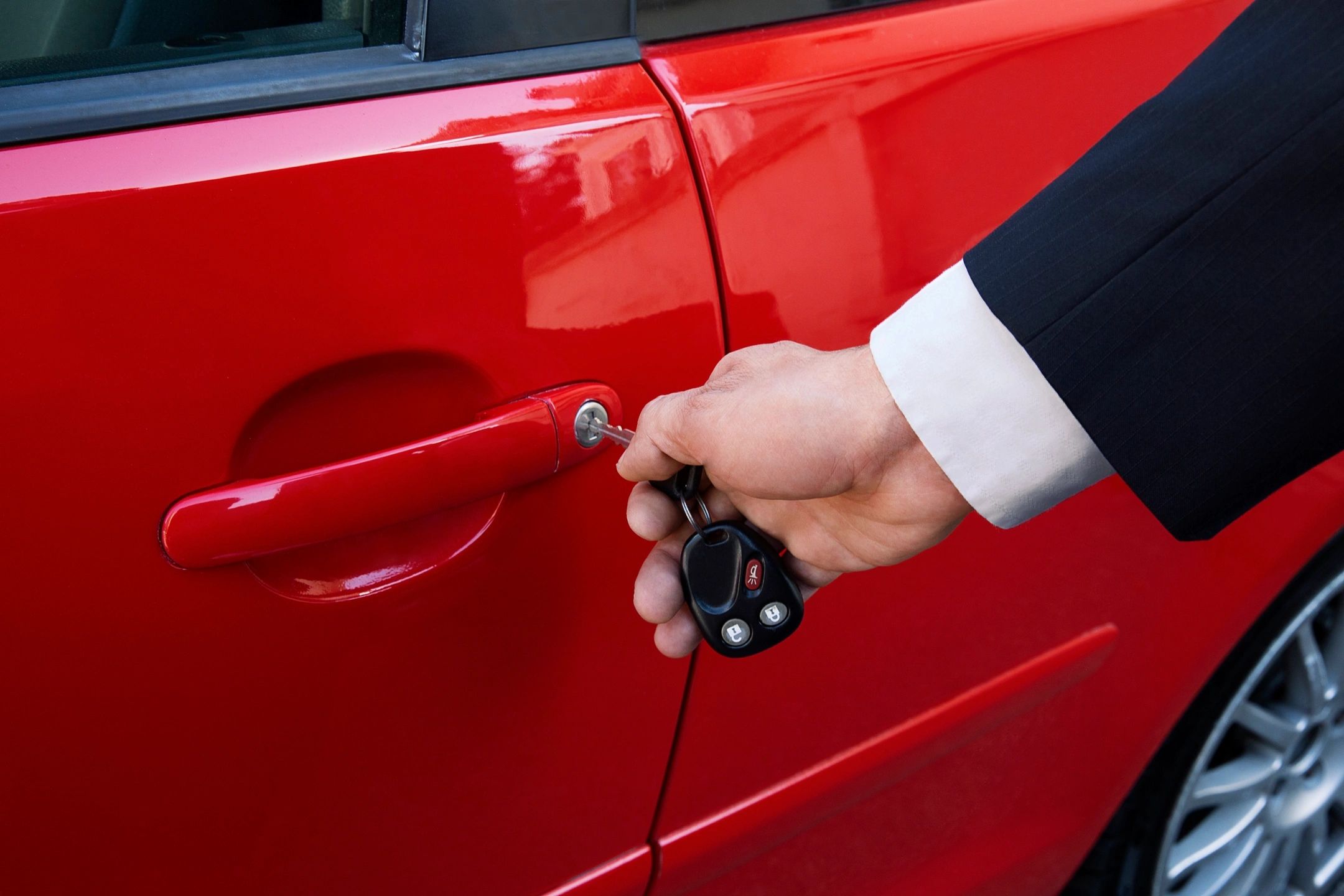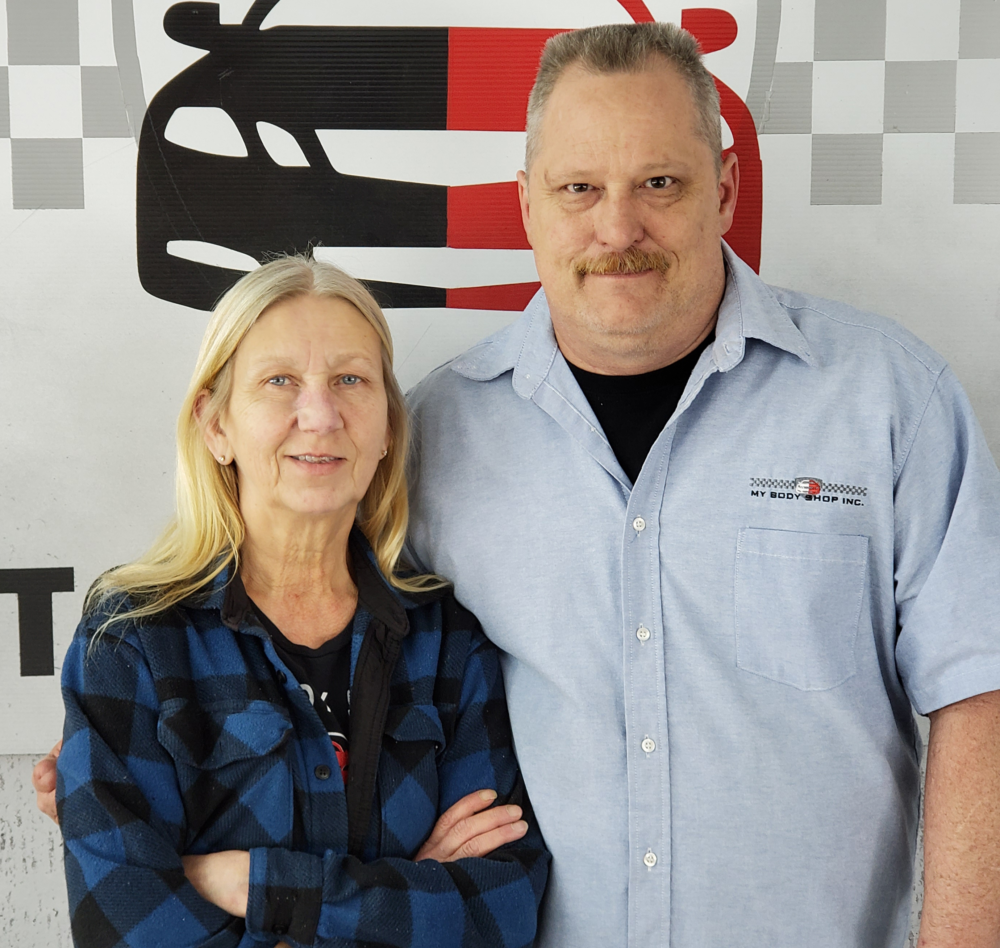
Ask an Expert
Survey: Crash prevention tools aid safety, complicate repairs
by John and Theresa Kightlinger
New technology that helps prevent car accidents is helping make roads safer, but is also making auto repairs more complicated, the Insurance Institute for Highway Safety (IIHS) says.
The IIHS surveyed drivers whose vehicles are equipped with front-crash prevention, blind-spot detection and other visibility-enhancing cameras.
But among those who had the systems repaired, about half had issues with the features afterward, the study found. Most owners never needed to have their crash avoidance features repaired, but for the owners who did, the problems weren’t always resolved easily. Many had issues with the technology afterward, and some said they had to have the same feature repaired more than once.
An IIHS spokesman said he did not have any information about whether the insurance claims process factored into the quality of the repairs being made.
We don’t have details on any given company’s approach to the claims process with Advanced Driver Assistance Systems (ADAS), but having an ADAS system impacted by a crash will likely add to the complexity of the claim and the repair. That increased complexity can extend repair times and increase repair costs.
The study was released shortly after vehicle diagnostic experts spoke out about the importance of following original equipment manufacturer (OEM) repair procedures when making repairs. AirPro Diagnostics and Repairify said following OEM repair procedures is essential given the advancements in technology, and proper repairs are essential to ensuring safe roadways.
The current and near-term vehicle safety technologies provide significantly safer vehicles for the motorist. The systems onboard are becoming more mature and robust in their ability to mitigate collisions. But they all still require the motorist to be involved and in control. As the other vehicles on the road that are not equipped with these systems, there continues to be opportunities for an accident.
When damaged vehicles are repaired, it is critical that they be returned to their “as designed state,” or we risk placing the motorist in a vehicle that cannot perform in a way that was intended.
There are two core reasons these technologies are having issues post repair.
1) Choosing the wrong scan tool will create a situation where the technician is not aware of a possible problem in a controller or system that has been damaged and needs repair. Choosing a tool that meets the gold standard set by the factory will ensure the technician is aware there is a problem.
2) The second issue, and perhaps the largest, is either ignorance or apathy regarding the need to calibrate and validate these systems before returning the vehicle to the owner. Ignorance meaning the shop or technician is simply unaware of a problem due to an incomplete scan, unaware due to a lack of education or apathetic to the significance of the risk they are placing on their shop, themselves and their customers.
Although the systems may be difficult to repair, crash prevention technology works, the IIHS said and pointed to a study that showed automatic emergency braking (AEB) cut rear-end crashes in half.
But properly repairing such equipment can be both challenging and costly, the report said. While a standard windshield replacement could cost $250, windshields with front-crash prevention could cost at least $1,000 to repair, an HLDI study found. The extra cost is attributed largely to recalibrating ADAS features.
Of the drivers who participated in the IIHS study, those who had their windshield replaced or were involved in a crash were most likely to report post-repair trouble with features. About two-thirds said the repairs involved calibration.
The number of issues linked to calibration was a hint for IIHS that repairers are having a hard time with the calibration process, which requires special training and expensive equipment. The issue is made worse by the fact there is no standardization of the process, IIHS said.
Support to guide the process is available online. OEM1Stop is one resource technicians can use to find information about manufacturers’ repair processes. It links repairers to automaker websites to gain guidance on OEM repair procedures and OE parts.
Another factor is some bill payers don’t understand the need for proper repair of ASAS systems. There also are instances where the manufacturer’s dealerships aren’t tooled up properly to calibrate their vehicles. Industry insiders say there also have been cases where insurers refused to cover the costs of scanning or calibration.
To solve these challenges, it will take a cooperative effort by the OEMs, the repairers, and the carriers to find common ground. These technologies have been proven to reduce crashes and related injuries. Our goal is that they continue to deliver those benefits after repairs and for owners to be confident that they’re working properly.
 John and Theresa Kightlinger own My Body Shop at 401 N. Clinton St., Stockbridge.The couple have lived in the area and raised their children here over the past 20 years. John has been in the auto body business since 1985, and Theresa began work at General Motors after high school. Between the two, they have been working on cars for more than 75 years.
John and Theresa Kightlinger own My Body Shop at 401 N. Clinton St., Stockbridge.The couple have lived in the area and raised their children here over the past 20 years. John has been in the auto body business since 1985, and Theresa began work at General Motors after high school. Between the two, they have been working on cars for more than 75 years.



